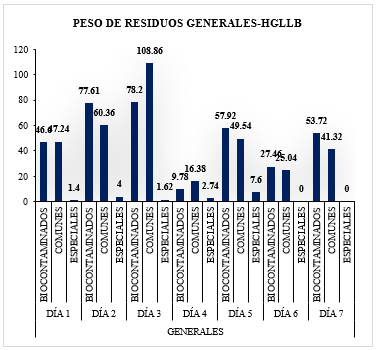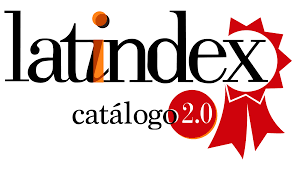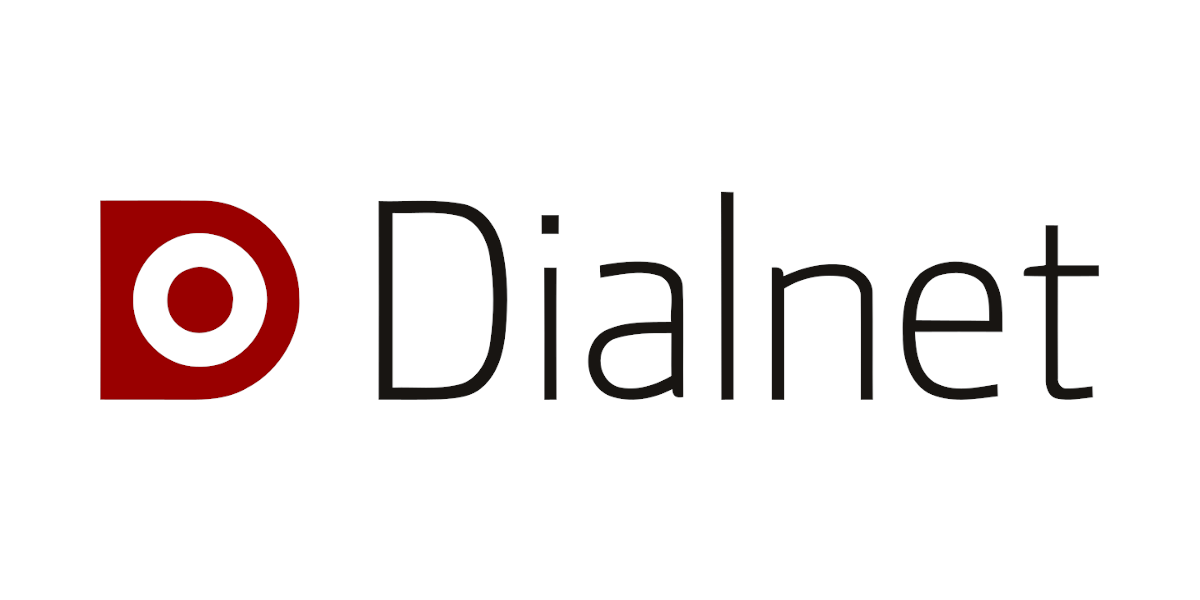Environmental management strategy to control environmental and sanitary risks of hazardous waste in a category II-1 hospital in the province of Bagua
DOI:
https://doi.org/10.55996/dekamuagropec.v5i2.288Keywords:
Training, hospital management, environmental impact, health infrastructure, safety protocolsAbstract
This study focuses on developing an environmental management strategy to mitigate the environmental and health risks of hazardous waste at Support Hospital II-1 in the province of Bagua. The objectives include performing an initial diagnosis of the management of this waste, assessing the associated risks, and characterizing the key factors to propose an effective strategy. The methodology included the characterization of hazardous waste generated during a week, using descriptive statistics to analyze daily volume and weight data. Hospital staff participated through questionnaires and checklists according to NTS No. 144-2018-DISA-DIGESA regulations. The results showed significant deficiencies in solid waste management, exposing staff and the environment to considerable risks. Among the most relevant findings, insufficient staff training and deficiencies in the infrastructure for the storage and transportation of hazardous waste were identified. Based on these results, an environmental management strategy was designed focused on improving the control of biocontaminated and chemical waste, using safety protocols and mitigation measures. This work concludes that the implementation of an effective environmental strategy is crucial to reduce the negative impacts on health and the environment, thus protecting hospital staff and the community.
Downloads
References
Aminizadeh, M., Farrokhi, M., Ebadi, A., Masoumi, G., Kolivand, P., & Khankeh, H. (2022). Hospital Preparedness Challenges in Biological Disasters: A Qualitative Study. Disaster Medicine and Public Health Preparedness, 16(3), 956–960. https://doi.org/10.1017/dmp.2020.434
Baena Paz, G. (2014). METODOLOGÍA DE LA INVESTIGACIÓN Serie integral por competencias (Libro Online) (Issue 2017). http://www.editorialpatria.com.mx/pdffiles/9786074384093.pdf
Behnam, B., Oishi, S. N., Uddin, S. M. N., Rafa, N., Nasiruddin, S. M., Mollah, A. M., & Hongzhi, M. (2020). Inadequacies in Hospital Waste and Sewerage Management in Chattogram, Bangladesh: Exploring Environmental and Occupational Health Hazards. Sustainability, 12(21), 9077. https://doi.org/10.3390/su12219077
Bustamante, C. (2019). Clasificación de Recolectores de Residuos Peligrosos Biológico-Infecci — Ivoor Industries. https://www.ivoorindustries.com/blogs/caracteristicas/clasificacion-de-recolectores-de-residuos-peligrosos-biologico-infecciosos-rpbi
Datta, P., Mohi, G., & Chander, J. (2018). Biomedical waste management in India: Critical appraisal. Journal of Laboratory Physicians, 10(01), 006–014. https://doi.org/10.4103/JLP.JLP_89_17
Hernández-Sampieri, R., & Mendoza, C. (2018). Metodología de la investigación. Las rutas cuantitativa, cualitativa y mixta. In Mc Graw Hill Education (Vol. 10, Issue 18). https://doi.org/10.22201/fesc.20072236e.2019.10.18.6
Junco Díaz, R. de los Á., Suárez Pita, M. T., Prieto Díaz, V. I., & Weng Alemán, Z. (2015). Caracterización de los desechos sólidos en instituciones de salud como etapa básica para el plan de manejo. Revista Cubana de Higiene y Epidemiologia, 53(1), 0–0. http://scielo.sld.cu/scielo.php?script=sci_arttext&pid=S1561-30032015000100007&lng=es&nrm=iso&tlng=es
Kenny, C., & Priyadarshini, A. (2021). Review of Current Healthcare Waste Management Methods and Their Effect on Global Health. Healthcare, 9(3), 284. https://doi.org/10.3390/healthcare9030284
Ma, Y., Jia, L., Hou, Y., & Wu, X. (2022). The Impact of Economic Growth and Tiered Medical Policy on the Medical Waste Generation: An Empirical Analysis Based on the Environmental Kuznets Curve Model. Frontiers in Environmental Science, 10. https://doi.org/10.3389/fenvs.2022.824435
Ministerio de Salud. (2018). Norma Técnica de Salud N°144-MINSA. Gestión Integral y Manejo de Residuos Sólidos en Establecimientos de Salud, Servicios Médicos de Apoyo y Centros de Investigación. Ministerio de Salud, 1–88. https://docs.bvsalud.org/biblioref/2019/01/970188/rm_1295-2018-minsa.pdf
MINSA. (2018). Norma técnica de salud: "Gestión integral y manejo de residuos sólidos en establecimientos de salud, servicios médicos de apoyo y centros de investigación. In Diario oficial (Issue 90, p. 124). http://www.digesa.minsa.gob.pe/orientacion/Residuos_Solidos_Hospitalarios_Normativa_COVID-19.asp#:~:text=NTS N° 144-MINSA,Covid-19 en el Perú.
Ñaupas, H., Valdivia, M. R., Palacios, J. J., & Romero, H. E. (2018). Metodología de la investigación cuantitativa-cualitativa y redacción de la tesis. In Journal of Chemical Information and Modeling (Vol. 53, Issue 9). https://doi.org/10.1017/CBO9781107415324.004
Osorio, B., & Rojas, X. (2019). Criterios de Calidad y Rigor en la Metodología Cualitativa. Gaceta de Pedagogía , 36(November), 62–74. https://www.researchgate.net/publication/337428163
Pastor Ramirez, N. (2022). Caracterización y manejo de los desechos hospitalarios del Hospital Regional de Ica. https://repositorio.unica.edu.pe/handle/20.500.13028/3595
Quijano Anacleto, M. S. (2017). Diagnóstico del manejo de residuos sólidos hospitalarios generados en el Hospital Apoyo I “Santiago Apóstol” Utcubamba - 2016. In Universidad nacional pedro ruiz gallo. http://repositorio.unprg.edu.pe/bitstream/handle/UNPRG/1743/BC-TES-TMP-594.pdf?sequence=1&isAllowed=y
Ramos Oviedo, A. R. (2019). Nivel de conocimiento y manejo de residuos sólidos hospitalarios en profesionales de enfermería del hospital Quilllabamba, La Convención, Cusco 2017. https://repositorio.uandina.edu.pe/handle/20.500.12557/2950
Santiesteban Salazar, N. C. (2016). Evaluación del manejo de los residuos sólidos en el Hospital I El Buen Samaritano de Bagua Grande – Amazonas, 2014. Revista de Investigación y Cultura.

Downloads
Published
How to Cite
Issue
Section
License
Copyright (c) 2024 Segundo Alipio Cruz-Hoyos, Wendi Violeta Piñarreta-Neira, Segundo Edilberto Vergara-Medrano, Santos Clemente Herrera-Díaz

This work is licensed under a Creative Commons Attribution 4.0 International License.
Los autores que publican en esta revista aceptan los siguientes términos:
- Los autores conservan los derechos de autor y conceden a la revista el derecho publicación con la obra, simultáneamente licenciada bajo una licencia de Creative Commons CC By que permite a otros compartir el trabajo, pero citando la publicación inicial en esta revista.
- Los autores pueden celebrar acuerdos contractuales adicionales separados para la distribución no exclusiva de la versión publicada de la obra de la revista (por ejemplo, publicarla en un repositorio institucional o publicarla en un libro), pero citando la publicación inicial en esta revista.
- Se permite y anima a los autores a publicar su trabajo en línea (por ejemplo, en repositorios institucionales o en su sitio web) antes y durante el proceso de presentación, ya que puede conducir a intercambios productivos, así como una mayor citación del trabajo publicado (https://web-archive.southampton.ac.uk/opcit.eprints.org/oacitation-biblio.html)














